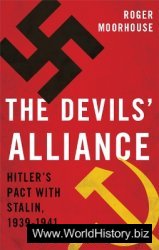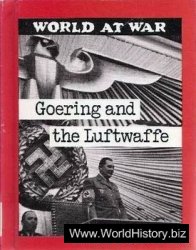Winlock 1948:
I have not experienced as much pleasure in composing these pages as in working on The Treasure of el Ldhun. In that case one could be confident that we had aU the elements of the jewelry, thanks to the efforts of Guy Brunton, who had done everything humanly possible to save the objects in the field. In the present case the labor has been prolonged by efforts to find how the various elements would best go together and by my own ill health, (p. vf.)
What I want to do is to make it perfectly clear that every single idea in the following pages should be weighed against what is likely. It is absolutely impossible to reconstruct this jewelry with anything approximating the assurance with which that from el Lahun was described, and this statement is only an index of the immeasurable difference between the knowledge of Guy Brunton, who found Sit Hat-Hor Yunet’s jewelry, and the ignorance of the natives who looted the tomb of the three Princesses. If in telling this story I have thrown in a paragraph or so about an Arab bride, it should be realized that archaeologists had absolutely nothing to do with this jewelry for years after it was found, but that the fellahm did. (p. 8)
Each princess had a complicated broad collar to wear about her neck, but it is difficult to say now exactly of which each was composed. . . we do not really know which elements go with which shoulder pieces, (p. 18)
One should remember that all these objects arrived in New York with no trustworthy information as to how they went together originally, and it is possible that some things were included in the Museum’s purchase which were never associated with the three Princesses, (p. 21)
A great number of beads of various types were found in the tomb, but it is now almost impossible to say just how they should be strung. We must remember the story, current in Luxor for several years after the find was made in 1916, of the cigarette boxes full of beads which we never got, and we should recall that most antiquity dealers in Egypt seemed to have some beads which came from the tomb. Such strays had either been pilfered from the original discoverers or had been sifted from the dirt left on the spot during the few days following the spread of general knowledge of the find. On the other hand, beads which did not come from the tomb were probably mixed in with those which did, and every goldsmith in the town made some contributions, usually copied from the rosettes which came from the big headdress. Thus it is that so far as individual beads go we can guarantee nothing and can only offer [various] necklaces as being probably from the tomb and possibly strung as they were found, (p. 22)
De Keyser 1949:
Patiemment, M. Winlock et ses coUaborateurs ont tente de restituer aux pieces du tresor leur aspect ancien; c’est ainsi que les sandales, les vases d’argent, d’autres objets encore furent habilement restaures.
Les pieces d’enfilage posaient un tout autre probleme: beaucoup d’elements ayant disparu et aucun n’etant reuni a son voisin, il etait extremement difficile de se faire une idee de I’ordre primitif. La piece la plus etonnante de I’ensemble, la grande coiffure a rosettes fut cependant reconstituee de maniere tres plausible malgre les nombreuses difficultes que presentait le travail. II est facheux neanmoins que, pour utiliser au mieux toutes les pieces entrees au musee, on ait cm devoir y ajouter de minuscules pendentifs certainement etrangers a la coiffure. Le meme principe d’utilisation maximum des pieces, joint au souci d’une agreable presentation au public, a preside a la reconstitution des colliers, sans qu’il soit tenu compte cette fois des indications donnees par les pieces eUes-memes. . . . On ne pent qu’admirer la tenacite et la patience de ceux qui sont parvenus a reunir les fragments epars d’un tel tresor, mais on regrette d’autant plus la caractere fantaisiste de la plupart des reconstitutions, (p. 259)
Cyril Aldred, from a letter to William C. Hayes and Nora Scott, May 17, 1957 (MMA Dept, of Egyptian Art)
[Concerning the 1956—70 jewelry considered for purchase] . . . clearly genuine—I could see no recent pieces among it. It is now pretty evident that Winlock mshed into publication too quickly. I am sure too that there were three headdresses (two covers and one circlet) and they were shorter than W[inlock] has made yours, so that they did not dangle and clash below the shoulders. The necklaces (collars) also require revision.
Cyril Aldred, from a letter to Scott, May 28, 1957 (MMA Dept, of Egyptian Art)
The more I go into the problem [of arranging the rosettes], the more I despair of ever seeing a satisfactory reconstmction of the jewellery.




 World History
World History









